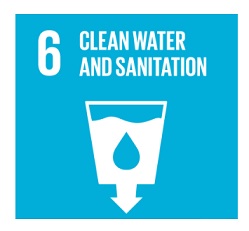7667766266
enquiry@shankarias.in
Why in news?
The theme for World Food Day (October 16) 2023 ‘Water is Life, Water is Food’ calls for urgent action in managing water wisely.
|
Water Stress in India |
|
Irrigated agriculture accounts for 72% of global freshwater withdrawals.
|
Steps taken by States to Conserve Water |
|

References